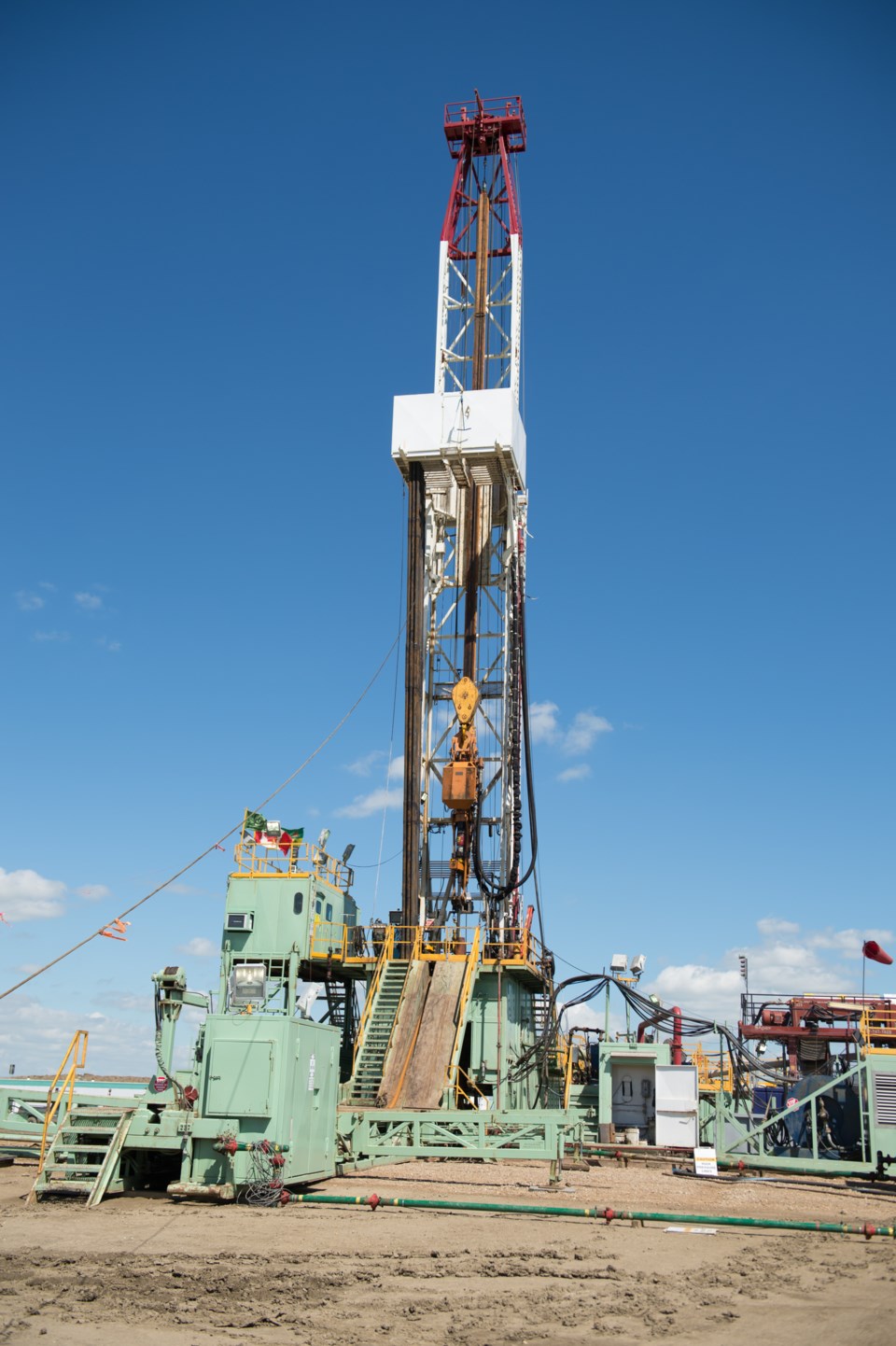Rosy predictions for 2018 are turning into rose-coloured glasses, as the Petroleum Services Association of Canada (PSAC) revised its drilling activity forecast downward.
In its third update to its 2018 Canadian Drilling Activity Forecast, PSAC announced on July 31 that it was decreasing its forecasted number of wells to be drilled (rig released) across Canada for 2018 from 7,400 (April 2018 revision) to 6,900 wells drilled. PSAC based its updated 2018 forecast on average natural gas prices of $1.55 CDN/Mcf (AECO), crude oil prices of US$65.00/barrel (WTI) and the Canada-US exchange rate averaging $0.77.
On a provincial basis for 2018, PSAC now projects 3,735 wells to be drilled in Alberta, down from 3,998 wells in the original Forecast. Approximately thirty-six percent (36 per cent) less wells are expected to be drilled in British Columbia, with PSAC’s revised Forecast now at 464 wells, down from 730 in the original Forecast. The revised Forecast for Saskatchewan now sits at 2,428 wells compared to 2,931 wells in the original Forecast, and Manitoba is forecasted to see 260 wells or a jump of 30 in well count for 2018.
The total number wells drilled is projected to be approximately 200 less than in 2017, however we expect meterage drilled to be flat or slightly up due to average well lengths increasing.
PSAC president and CEO Tom Whalen said, “While the number of active drilling rigs is currently up 3-5 per cent over last year depending on the week, the rest of the oilfield services sector is marginally busier than it was last year at this time. When we look at the first half of ’18 in aggregate, we drilled 200 less wells than in the first half of ‘17 but at the same time, the average length per well increased by approximately 190 meters. In general terms, revenue numbers for our sector are up year over year but we note that several publicly traded Canadian service companies are reporting minimal improvement in the quality of bottom line earnings; many are sitting at near breakeven or are still in negative territory. As we’ve said on previous occasions, this is not sustainable from a business continuity and competitiveness perspective. It’s also a compounding symptom of the sector's lack of attractiveness for investment.”
Whalen added, “It’s great to see the WTI oil price continuing to trade in the mid US$60’s but С����Ƶ the recipients of a US$21 average differential between WTI and WCS pricing in the first half of this year means that exploration and production (E&P) companies and Canadians are missing out on approximately $15 billion annually. Ironically, in June, our ‘energy independent’ focused southern neighbour achieved a record-setting, 11 million barrels per day of domestic oil production, which in contrast to Canadian oil, is fetching world-based pricing.
“In reflection of the challenging natural gas market and continuing soft prices, for our latest Forecast we tempered our AECO pricing down to $1.55 CDN/Mcf. Adding insult to injury, Canadian gas weighted E&P’s estimate they are losing up to $10 billion annually due to the disparity between AECO pricing and other markets.”




